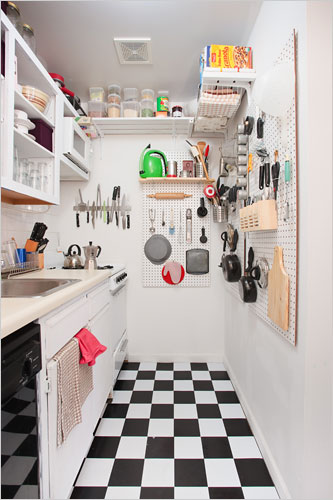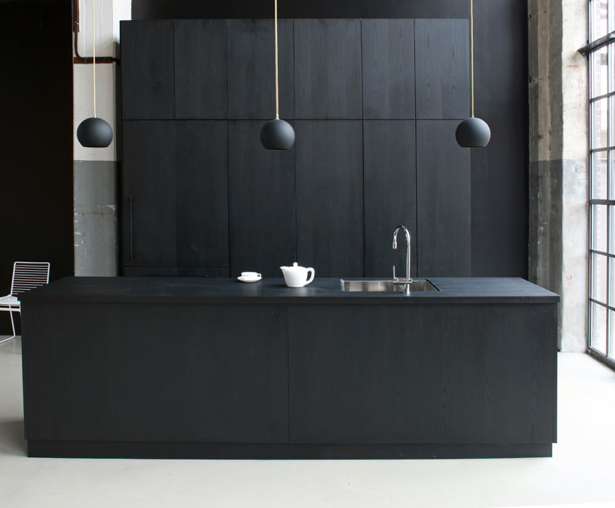Functionalism beats minimalism
Minimalism is a style that values having as few things – objects, edges, components, or patterns – as possible. I think that is a rubbish criteria for choosing or designing something. Sometimes, people justify minimalism on aesthetics grounds, but that is just the result of unrefined, or badly refined, taste.
Instead, use functionality as your criteria for choosing or designing things. And develop taste to match. Let’s call this style functionalism.
Functionalism values things that achieve a well-defined objective. You need to come up with that objective: a kitchen that is a joy to cook in; a sofa that people want to cuddle up in; an efficient text-editor for experienced journalists; a bike for commuting efficiently in a city; or a knife that makes slicing bread easy.
In other words, functionalism requires an explicit purpose and then tries to optimise for that. Minimalism either has no explicit purpose or does not try to optimise for it. That’s why you should prefer functionalism over minimalism. For illustration, below are two kitchens; the first is functionalist, the second minimalist:

Functionalist kitchen. Source: New York Times, 21 November 2008

Minimalist kitchen.
Superfluous things have no function (by definition) and are therefore avoided in functionalism, which can result in apparent minimalism. A sketch artist might need only a desk, a lamp, paper, and pencils in his office – anything else would be a distraction. A bedroom might need only a thin mattress, a pillow, and a blanket. A writer might need a computer program that only displays black text on an otherwise white screen.
So minimalism is not inherently bad, it just shouldn’t be the yardstick against which you measure things. Functionality – with respect to whatever objective you choose – should be.